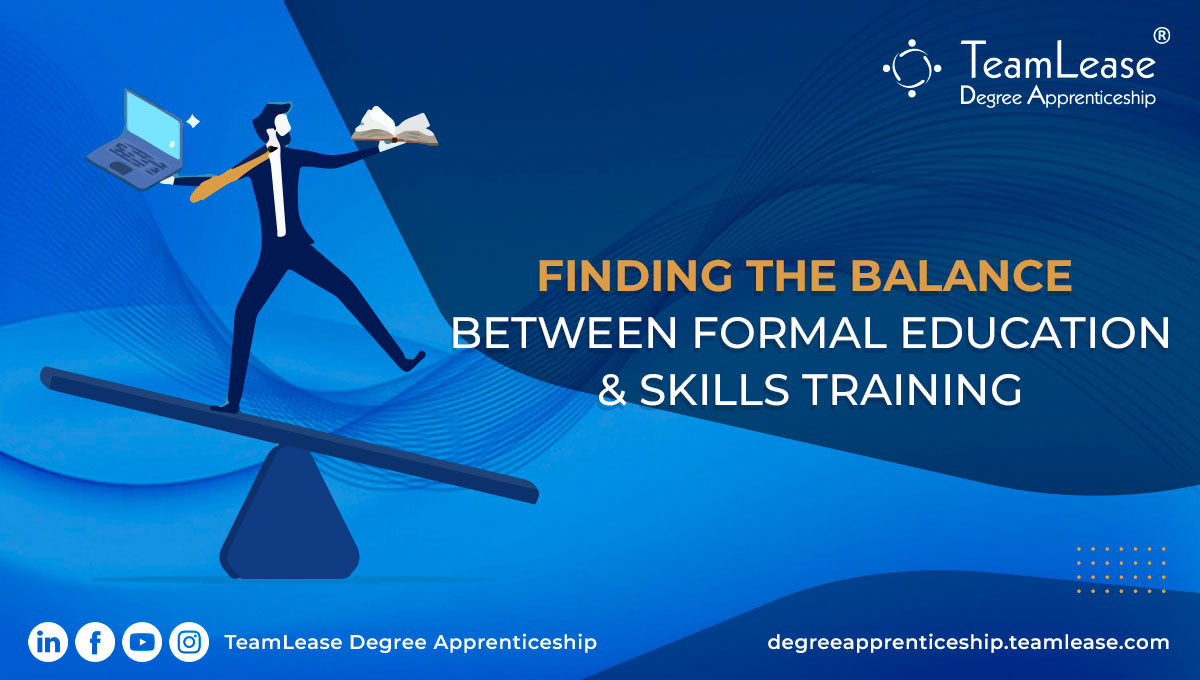A couple of months into the financial year, it is a perfect time for all small and big organizations to revisit and revamp their old business strategies. A regular reassessment of HRM trends can be a healthy approach for a professional environment. Considering the pandemic and the subsequent changes in overall business, it has charted a new curve for the future.
A thoughtful HRM strategy builds a solid foundation for the workforce to function efficiently. And it is somewhat mandatory to achieve excellence in 2021, amidst the ongoing certainty.
What is an HRM strategy?
A Human Resource Management strategy 2021 is a business’s overall plan for managing its human capital to align it with its business activities. The Human Resource strategy selects the direction for all the key areas of HR, including hiring, performance appraisal, development, and compensation.
Source - AIHR Digital
An HR strategy comprises different characteristics:
- Analysis of the organization and the external environment.
- Almost a year of time for implementation.
- Shaping various activities under Human Resource Management.
- Organised deployment and allocation of organizational resources (i.e. money, time, personnel)
- Yearly assessment.
- Incorporation of the expert judgment of senior (HR) management.
- Number-driven policies.
- Resulting in a specific behavior.
Areas of development under HRM strategy 2021
Skill development and competence
Gone are those days when one skill set would determine the graph of your future. Traditional ways of predicting needs and upskilling the workforce aren’t working in today’s changing environment. Employees need to learn more than one skill and those are completely new. The total number of skills required for a single job is increasing by 10% year over year, and one-third of the skills present in an average 2017 job posting won’t be needed by the year 2021.
Furthermore, many employees are apprehensive about learning the right new skill — for their personal development or the benefit of the organization.
HR leaders need to come up with reskilling and redeploying talent, one in which all impacted stakeholders work together to sense shifting skill needs and finding ways to develop skills as per the new needs. According to reports, only 21% of HR leaders say peers share accountability or partner with HR to determine future skill needs. Which is barely anything.
Level up recruiting process
Like other departments in a company, HRM also needs a more modern and out-of-the-box approach for its functioning. Earlier, organizations sought to replace roles and individuals in the workforce by seeking a similar set of candidate profiles — from known talent pool sources and from those attracted to the existing employee value proposition (EVP). But that should not be the case now.
Creating talent
Over the last decade, the momentum of creating its own talent within the organizations has boosted up. An organization can create a bigger pool to fish from the right talent through apprenticeships. By providing opportunities to people and hone the desired capabilities through apprenticeships and create the talent in-house. Going beyond the regular colleges and locations to hire future potential employees, evaluate them through apprenticeships, and identify the right person for the job. The best way to evaluate talent is to go through the apprenticeship route. Creating talent is always more cost-effective than talent acquisition.
There are short-term benefits and long-term returns in doing apprenticeships. But many employers are still ignorant of the perks and have stayed away in spite of being aware of the system. For the organizations interested in an apprenticeship but still have many unanswered questions, the best recourse is to talk to an expert. Like TeamLease Degree Apprenticeship, which has been at the forefront of the apprenticeship ecosystem, right from 2014. The program aims to help organizations develop a qualified, robust and sustainable workforce and a productive human supply chain. NETAP is output-driven and helps employers to design apprenticeship programs relevant to their organization and industry to create the right talent.
Remote working
One of the most visible changes in 2021 was the continuity of work from home scenario. Though working from home had already become an increasingly common occurrence for the knowledge industry even before the time of the pandemic, there weren’t many organizations with a decent work from home policy in action. In a year of time, organizations pulled up their socks and learned the execution of remote working.
Different countries have a different outlook on the work-from-home policy. For example, in the Netherlands, it was quite common for organizations to give their office workers the possibility to work from home a few days a week. Even some of the big companies in India had the option of WFH once in a month/week. While it is impossible to transform every company into the set of WFH, we do believe that working from home (or anywhere else, once social distance measures are lifted) will remain an important part of how organizations function.
Engagement through communication
Not everyone in an organization needs to hear HR’s strategic pitch directly from the top management. But there always are people in every department who can pass the baton on your behalf. These are the people who will take forward HRM strategy 2021, vision, and properties within the company. These are the people who can then cascade that information from their respective bosses and down the line to their teams, opening the doors of communication with genuine engagement.
One thing to always keep in mind is that everyone has a different way of communication. Some people recognize information better in a one-to-one meeting (via voice/video call), while others just need a detailed email to get on board. This will promote the HR department to try different modes of communication with the organization, with respect to employees’ ease.
Ace the analytics
Analytics is one of those topics that can be seen in the HR trends every year. Although people analytics is gaining solid support in many organizations, the impact of their findings is still somewhat missing. There are recommendations that can help to carry out the analytics process smoothly.
Measure relevant data only. HR has to track a lot of data, which often creates a pile of irrelevant information. It is important to track value-adding data related to key problem areas of the organization to create more return.
Redesigning systems. To have more strategic integration of the HR system, we need systems in place for areas that help drive the business. This can be a software-based point-solutions or can be inquired about through regular surveys. And all that data should be managed by a strategic HR survey management team.
Purpose of the organization
Last but not the least, winding up the HR trends with one that is about purpose. Though working from home seems to be here to stay, a constant fear of lack of productivity haunts employers. According to a report from PwC, 79% of business leaders believe that purpose is the key to success. The remedy for many of the challenges of motivation that home workers will increasingly face is a purpose-driven organization. This means that decisions, conversations, and behavior across all levels need to be integrated with the purpose of what the organization works for.
Let’s take it through with an example; Barry-Wehmiller, an international supplier of manufacturing technology and services, led by Bob Chapman. The company’s rule for leadership is that they measure success by the way they touch the lives of others. From the eye of the public, the company focuses on learning, listening, empathy building, and actively works to create a service mindset for its team members in the organization. And that purpose should never leave sight over the years.
We can clearly see that creating talent within the organization through apprenticeships is an evolving trend in the HRM strategy for 2021. And TeamLease Degree Apprenticeship is doing a great job in bridging the gap between apprentices and talent acquisition. Learn more about the work TeamLease Degree Apprenticeship does in the world of apprenticeships.




No comments yet
Your Comment